For every one person in North Dakota, there are two cattle. And with approximately 39.3 million acres dedicated to farmland and ranches, North Dakota residents know how important grass seed can be.
Whether you’re looking to create a meadow for livestock grazing or a beautiful yard for your home, growing grass seed can be challenging with the state’s cold temperatures.
Before planting, you need to learn about growing conditions, soil characteristics, and seed blends that can withstand the cold climate. This helpful guide will provide you with all the details you need to make an informed decision about your North Dakota grass seed options.
Growing Conditions and Soil Characteristics in North Dakota
In North Dakota, about 7% of the soil is Williams soil, equivalent to 2.2 million acres of land. Due to its high level of fertility, Williams soil is excellent for growing seedlings. The soil creates a cascading effect of colors, starting with a dark gray or brown color and getting lighter as you dig deeper.
Outside of Williams soil, North Dakota is home to a wide variety of soil types. Among the Red River Valley, the soil will be clay-like, which could cause challenges when growing grass. To help your seeds thrive, you can add organic matter to the soil before you plant grass seed.
In the Till Plain, where ancient glaciers melted many years ago, there is a mix of gravel and sandy soils. Planting grass seed in these soil regions won’t be impossible, but you’ll want to select a seed that can survive the environment.
According to the U.S. Department of Agriculture, North Dakota is between hardiness zones 3b and 4a. In this zone, soil temperatures can reach -25 to -35 degrees Fahrenheit in the winter season.
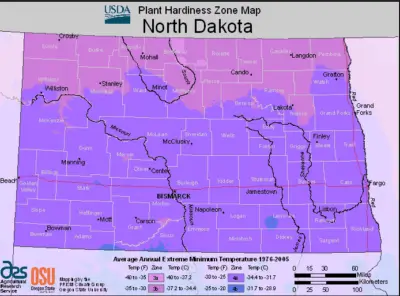
The state has average air temperatures between 13 and 28 degrees in the months of November through February, with 39 inches of snow annually. North Dakota borders Canada and shares the north’s weather patterns, so cool-season grass types will be better suited for this state.
The hottest month of the year, July averages between 67 and 73 degrees, although days over 90 degrees are common. However, warm-season grass types will struggle to thrive without consistently high temperatures.
Additionally, North Dakota does not have substantial rainfall (19 inches yearly). That’s why the best grass seeds for North Dakota homeowners are drought-tolerant. Without these hardier seeds, your lawn will require more care and maintenance to bloom.
When to Plant Grass Seed in North Dakota
According to North Dakota State University, August to mid-September is the best time for planting grass seed. Seedlings need time to germinate and grow their roots before the winter season hits the state.
Freezing temperatures start in October and continue until April, so planting in late fall may not allow the grass seed to germinate quickly enough to withstand the cold.
If the winter season is predicted to be unseasonably chilly, any seedling you plant could have difficulty surviving the freezing weather. That’s why it’s crucial to pick grass seeds that have a high tolerance for a cool climate.
If you choose warm-season grass varieties for your lawn, you will want to wait until nightly temperatures in North Dakota are above 60 degrees. Warm-season grasses thrive in hot weather and can germinate quickly when planted at the right time.
Best Types of Lawn Grasses for North Dakota
Maintaining warm-season grass types will be challenging given North Dakota’s harsh winter climate. Also, blending seasonal grass types is not recommended because each seedling goes through a different process of photosynthesis — doing so can result in a patchy, uneven lawn.
However, North Dakota homeowners have a native warm-season grass seed option that will produce good-quality yard turf and tolerate the cold weather. In addition, there is a variety of cool-season grass options that will flourish.
Warm-Season Grass Types
Blue Grama Grass
Blue grama grass is like a chameleon — this grass seed’s appearance will change based on the environment it’s planted in. Blue grama grass grows in tufts of bunchgrass within the southern United States. However, this seed can establish a nice lawn in North Dakota.
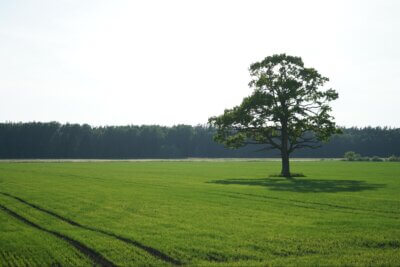
One of the native grasses to the Great Plains, blue grama has a high drought tolerance and prefers gravelly soil. If you live within the Till Plain region of North Dakota, this seed will flourish as lawn grass. It can grow up to a foot tall, and the color can range from light to deep green.
Cool-Season Grass Types
Creeping Red Fescue Grass
Creeping red fescue is perfect for the spots of your lawn that can be hard to reach with a mower. This seed doesn’t need high amounts of sunlight, water, or maintenance to grow well. If you allow creeping red fescue to grow for a length of time, your turf will resemble a meadow with a thick carpet of grass.
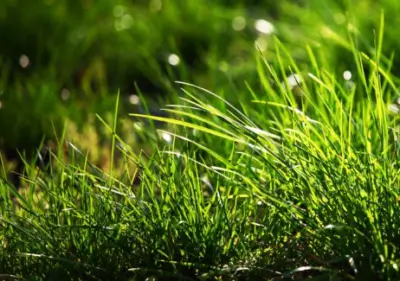
Kentucky Bluegrass
Kentucky bluegrass is a popular selection when it comes to cool-season grass types. It can be sown to create a beautiful lawn or a meadow for grazing livestock. Kentucky bluegrass needs highly fertile soils to grow a deep, vigorous root system and protect itself during the cold winters.
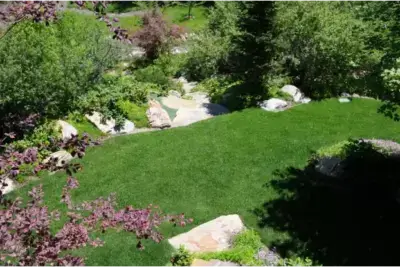
Kentucky bluegrass prefers 18 to 25 inches of rain yearly to grow. North Dakota typically receives 19 inches of annual rainfall, so you won’t have to worry about irrigating your lawn very much.
Perennial Ryegrass
If you want a fast-growing, healthy lawn that can withstand damage from winter salting, perennial ryegrass is one of the best grass seed options. Perennial ryegrass is often used for golf courses, college campuses, and sports fields to create a lush green turf that tolerates heavy traffic.
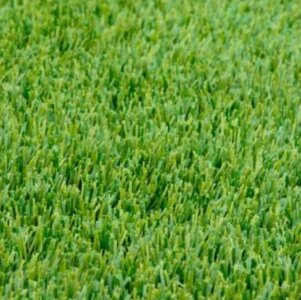
This grass seed will be great for hosting events in the comfort of your backyard since you won’t have to worry about destruction to your sod.
Fine Fescue
Fine fescue is an incredibly resistant grass seed — it can withstand partial shade, poor soil conditions, and low amounts of water.
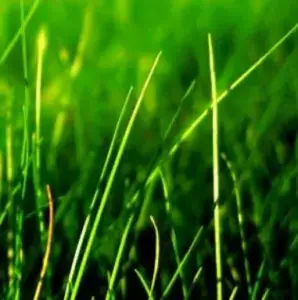
This grass seed will survive North Dakota’s cold winters if planted in the early fall before the winter frost. To create a soft-textured, cool-season-lawn, you can also choose a fine fescue blend. With different types of fescue grass that require less water than normal lawns, you can count on a low-maintenance yet beautiful yard.
Conclusion
Located in the far north of the U.S., seedlings in North Dakota will need to tolerate the state’s harsh weather conditions to grow efficiently.
However, the robust agricultural industry in the state proves that growing grass seed in North Dakota is anything but impossible. Cool-season grasses planted before the winter’s frost will thrive in North Dakota’s environment.
But the best way to ensure a healthy lawn is to start with premium grass seed. Nature’s Seed provides quality seeds and seed blends to suit your every need, whether you’re growing grass in the cold climate of North Dakota or the blistering weather of Florida. Visit Nature's Seed to find all the information you need to obtain a healthy, beautiful yard and to purchase high-quality seeds. Also, you can use our seed selector tool for the best seeds.
